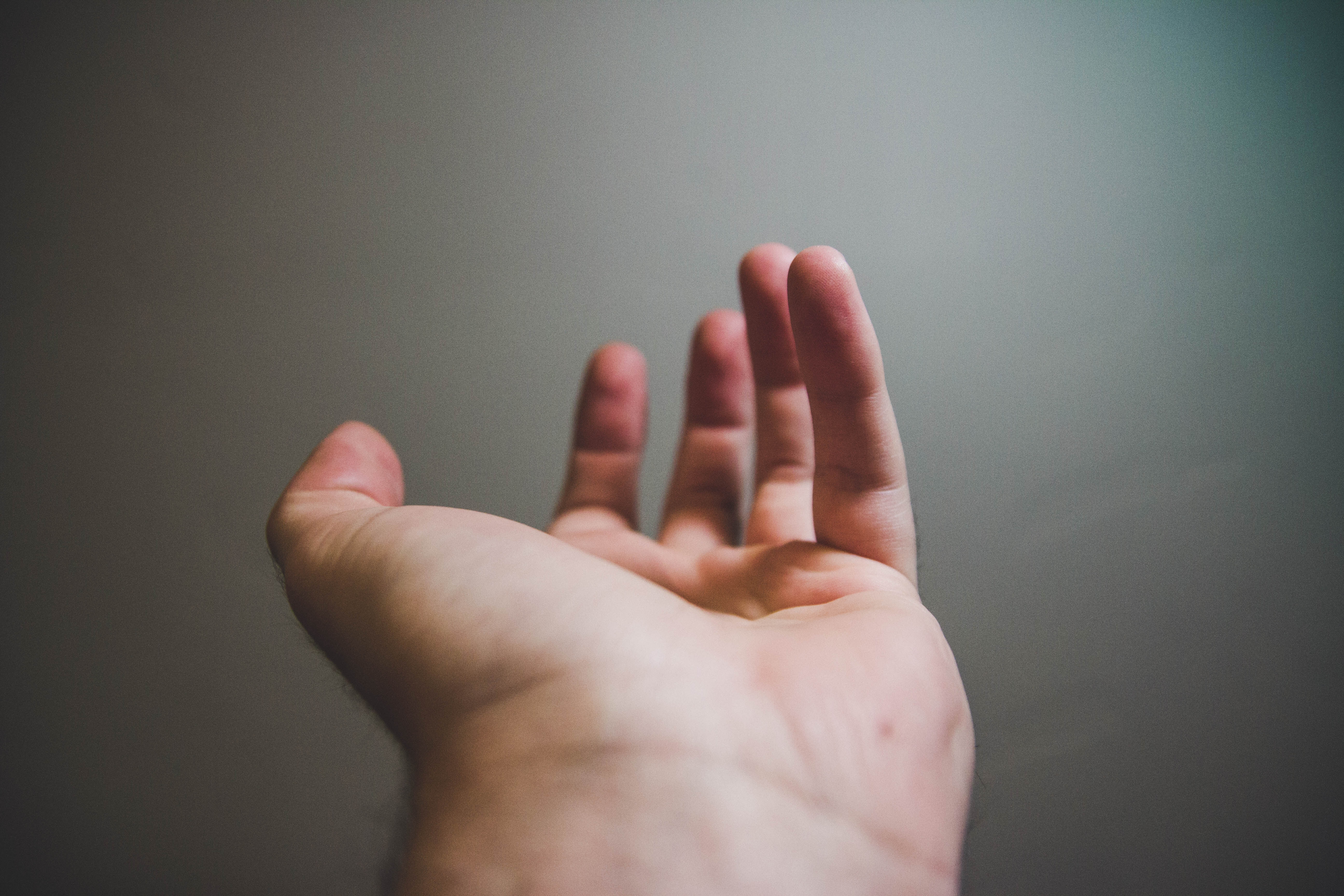by Jennifer Nash Ostermann
One of Moshe’s most beloved and frequently quoted sayings is: “Know what you are doing so that you can do what you want.” What is it that we are we doing when we are under stress? We can easily recognize some indicators of stress: increased irritability and raised voices, compulsive eating or drinking, escape into “screen time” and impaired work performance. However, we often fail to notice what happens in the gap between a stressful event and our behavior. If we know what we’re doing, can we do more of what we want?
Jennifer’s Story
Just before I discovered the Feldenkrais Method® of somatic education, I was in the midst of a life-impairing crisis. I had just gone through a traumatic divorce and my stress levels had skyrocketed. I poured myself into my work as a film editor, and when I was forced to take a break because files were processing, I would play Tetris on my iPhone, my index finger like a woodpecker on speed. Seized by fits of rage, I threw things frequently. I was plagued with so much pain that I couldn’t sit, stand, or lie down comfortably, nor sleep at night. I had wanted to have children, but I was convinced that I would never be able to withstand a pregnancy because of chronic pain and anxiety. How on earth could I possibly take care of a child when I could barely manage my own life? My body finally had my undivided attention when I had trouble walking to the mailbox without grimacing in pain. I was 36 years old.
I discovered the Feldenkrais Method when my internet searches for answers to my pain began to include details about my stress level. Within the first few weeks of attending weekly Awareness Through Movement® classes and private Functional Integration® sessions, my pain was reduced by half. Within the year, after a decade of escalating chronic low back pain, I was virtually pain free. And it was around that point that I noticed that it had been about a year since I’d had any significant trouble sleeping.
Tools for Transformation
In Awareness Through Movement lessons we “hack into” our nervous system and come to sense – early and often – these things that we are doing that so often lie beyond our awareness. I very quickly realized that I was a compulsive “clencher” and “holder.” I was so used to my chronically tight muscles that I couldn’t feel them anymore. These lessons are designed to illuminate what we are doing, so we can let go of the pattern before it can cascade into ongoing micro self-destructions. This dramatically reduces the stress feedback loop.
In Functional Integration lessons, a practitioner explores and expands the clients’ movement possibilities. There is a deep unraveling of these limiting patterns where they reside, in the nervous system. These sessions left me feeling not only loosened from the grip of that habitual clenching, but also more balanced. My core seemed to be stimulated into action through a sort of “conversation” with my newly freed diaphragm, and I felt stronger.
With this “resetting,” the state of fight/flight/freeze emerges from the background and becomes more clear to the conscious mind (think of these stress signals as going from the little hum of a space heater to a good friend tapping you lightly on the shoulder). I was able to notice the tightening around my abdomen and rib cage that was restricting my breathing, and I could just let it go! I began to take more frequent breaks from my habitual hunching over my keyboard. I had learned to understand and heed my body’s clear signals to stop, rather than simply ignoring that timer I had set to remind me to get up and move.
The Results
I am now less than a year from graduating from a four-year teacher training program at the Feldenkrais Institute of San Diego. I continue to freelance as a film editor, and I still work intensively, yet calmly. My work days are shorter and I accomplish more. At home, I don’t throw things when I get angry. And the best part is that I now have a 5 year-old little boy, and I am proud to say I never yell at him.
Most of us don’t feel that we have the time to devote to observing ourselves in movement done at a snail’s pace. But I think it goes beyond worrying that there are simply more important things to do. I saw that I was afraid of what I would experience when things slowed down. I was afraid of my sensations, of my thoughts; and of feeling all the urgency and pressure – all the stress – in my life, and that it would be far too uncomfortable. But the fact is that those things are there, in our bodies, whether we stop to sense and feel them or not. And the ironic thing is that once we do create a habit of sensing ourselves in movement, that overwhelming urgency begins to drop away.

Jennifer Nash Ostermann will graduate from the San Diego Feldenkrais Professional Training Program in 2020. Jennifer brings 20 years of experience supervising and editing soundtracks for film and television to her worldview and practice of the Feldenkrais Method, She still works on the occasional film, and teaches Awareness Through Movement classes in Petaluma CA, where she lives with her husband and their son.

